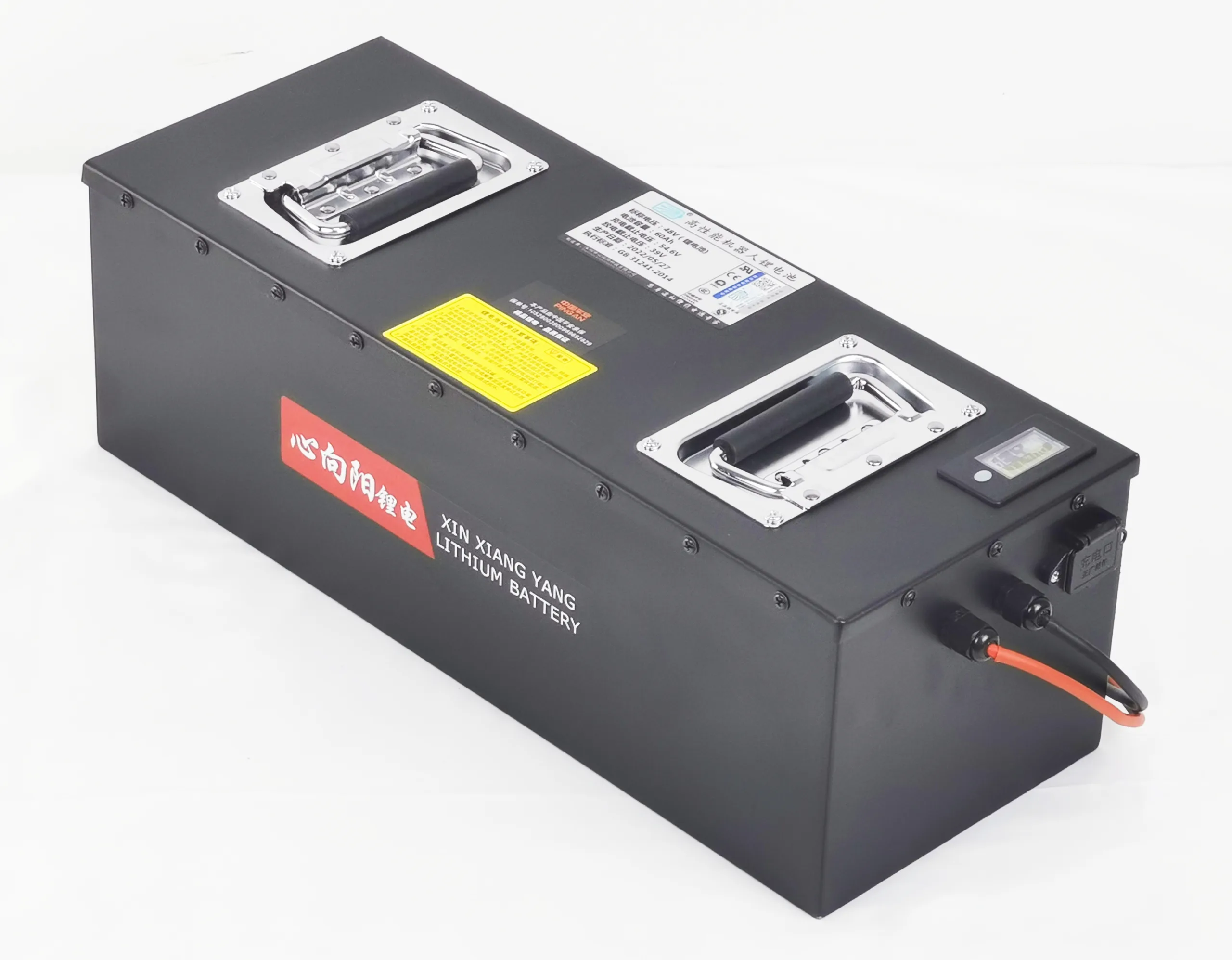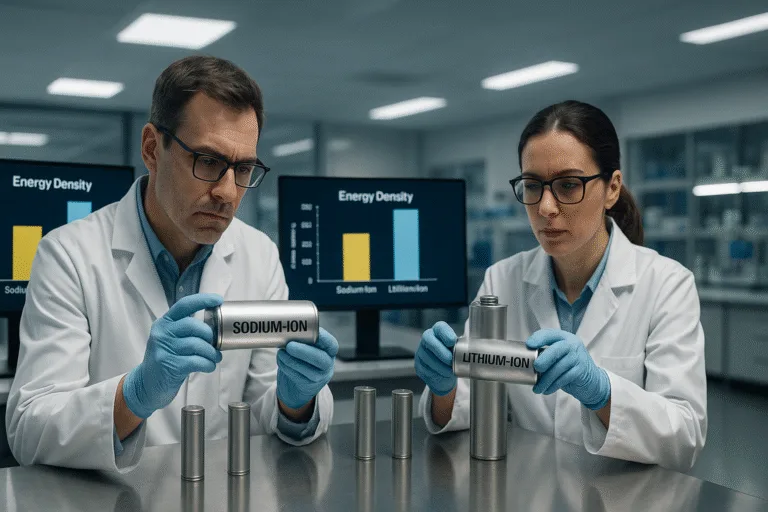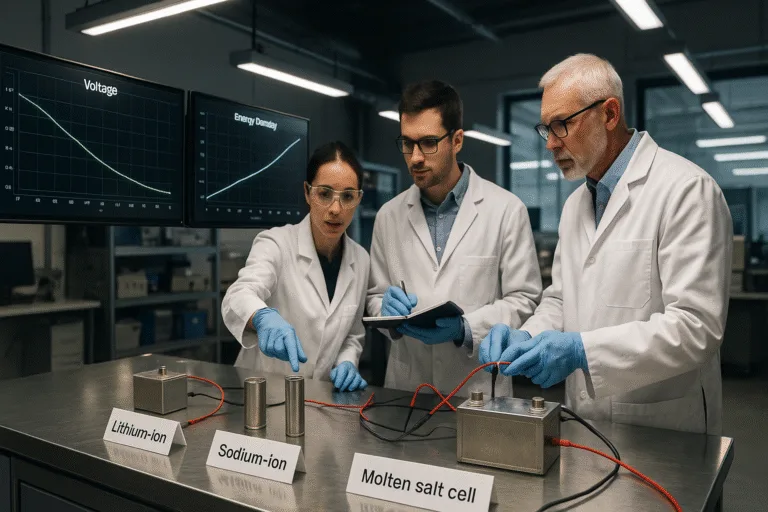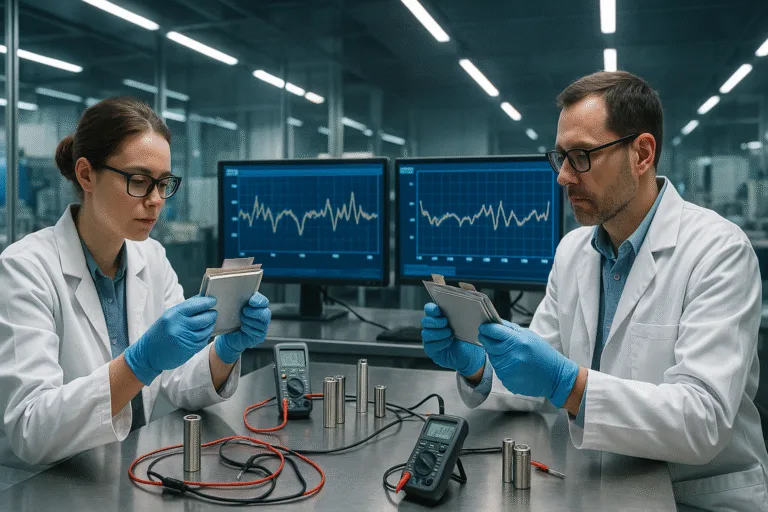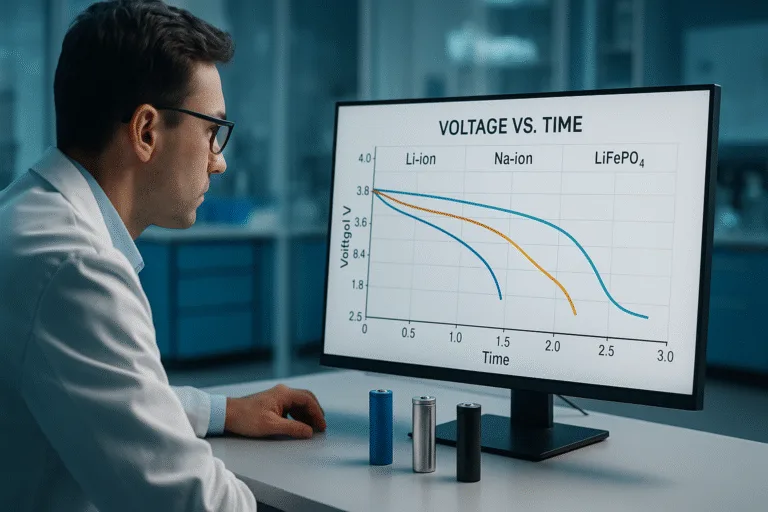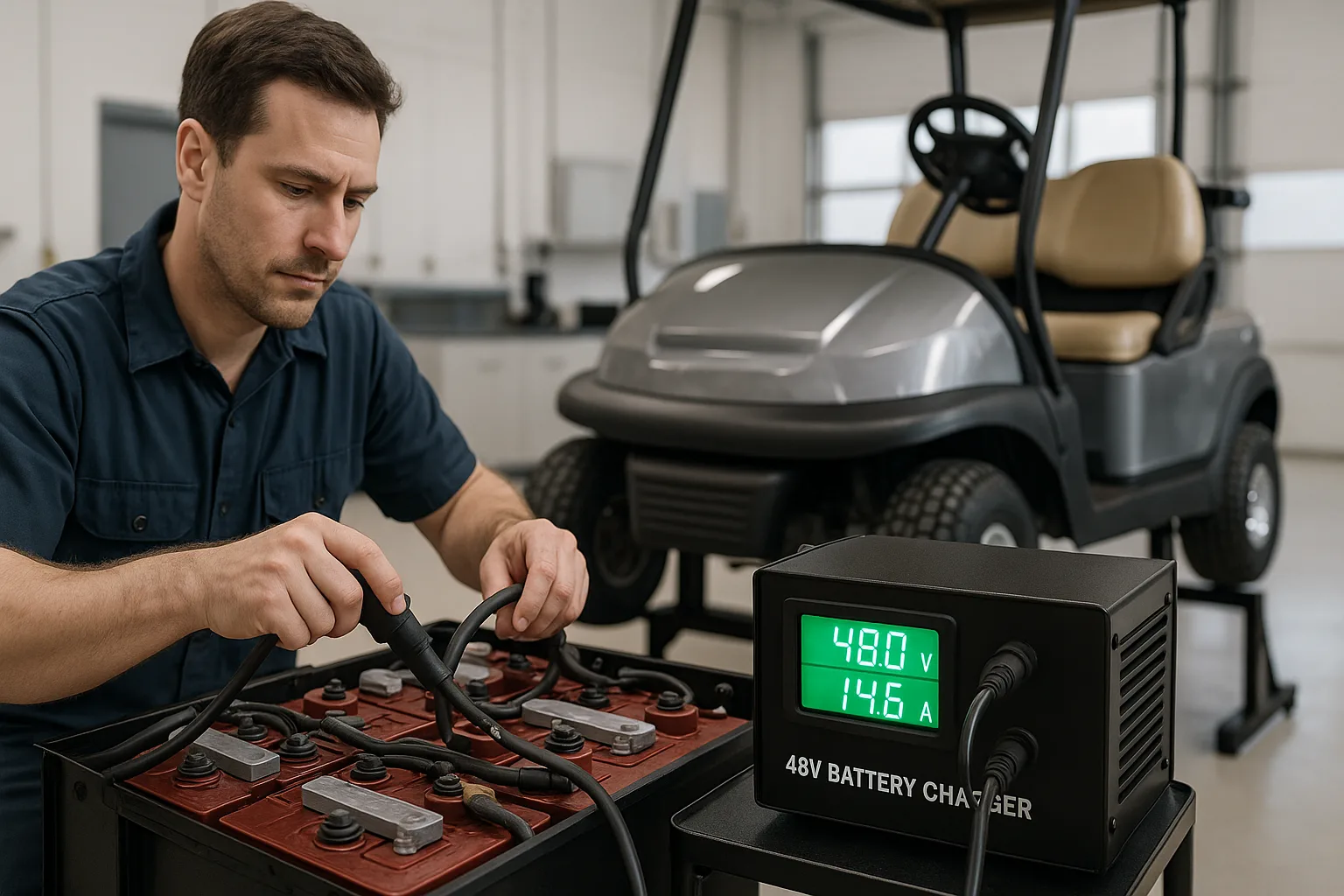
You are tired of guessing how to care for your golf cart batteries. Old lead-acid batteries need constant maintenance, and you are not sure if new lithium batteries are any different.
The right way to charge is to use the correct charger for your battery type. Lithium batteries are maintenance-free and charge fast. Lead-acid batteries must be charged after every use and require regular water checks to prevent damage.
I once had a client, Michael, who managed a large fleet of carts. He was frustrated by the constant downtime and maintenance costs of his lead-acid batteries. He just wanted a reliable solution. He found that switching to lithium eliminated all his maintenance problems.
How often do you charge golf cart batteries?
This is one of the most common questions I get. The answer is very different for old technology versus new technology.
You must charge lead-acid batteries after every single use, even a short one. Lithium batteries are much more flexible, but a good habit is to charge them as needed. You do not have to charge them after every use.
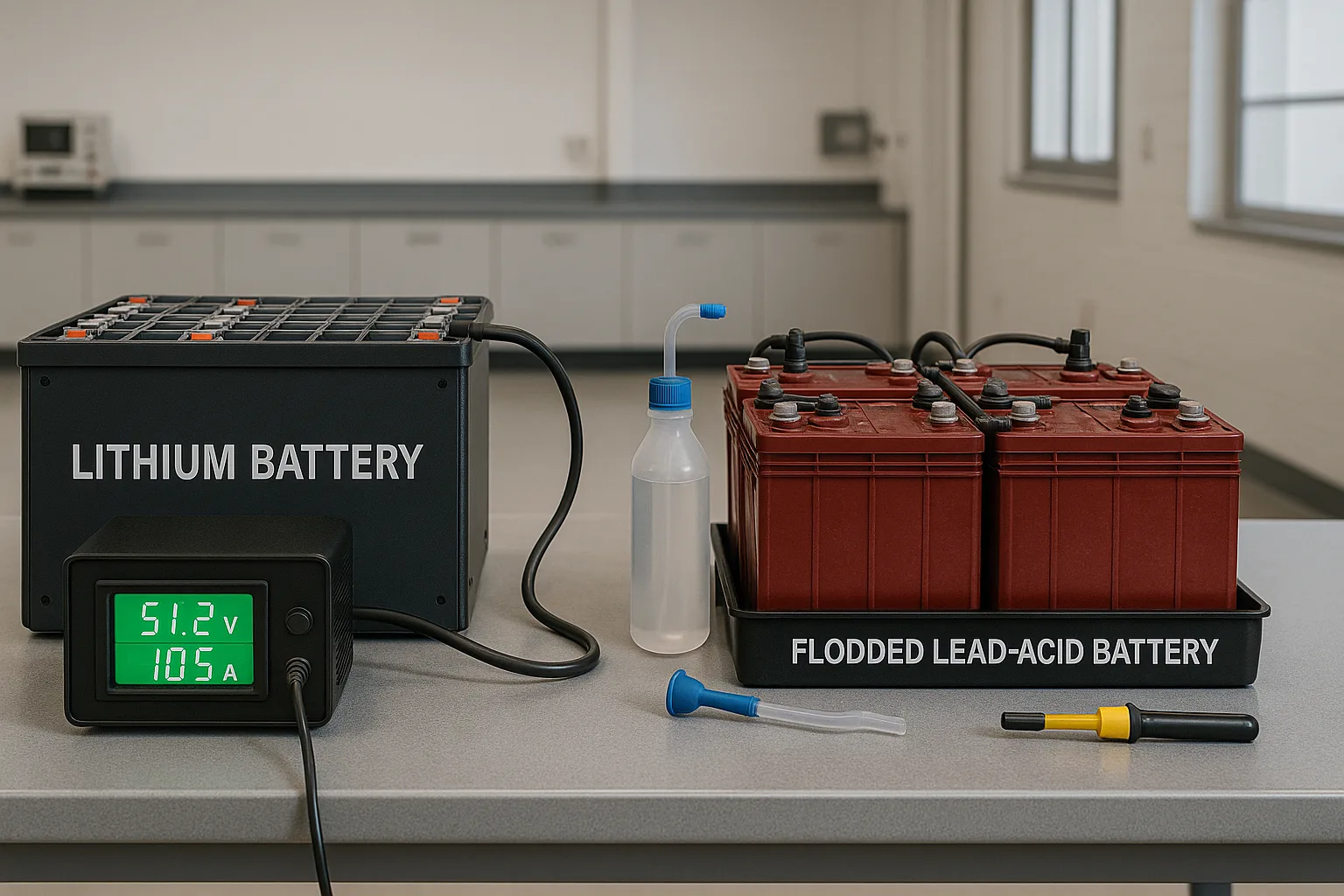
The "Why" Behind Charging Frequency
The rules are different because the chemistries are different.
- Lead-Acid Batteries: These batteries suffer from a problem called sulfation1. If you leave a lead-acid battery partially discharged, sulfate crystals build up on the lead plates. This build-up is permanent and quickly destroys the battery’s ability to hold a charge. Charging after every use is the only way to fight this.
- Lithium (LiFePO₄) Batteries: Our lithium batteries2 do not have this problem. They have no "memory effect" and do not sulfate. You can use 30% of the battery, park the cart for a week, and it will be perfectly fine. In fact, for long-term storage, it is better to leave a lithium battery at a 50-80% charge, not 100%.
How to charge 48 volt golf cart batteries?
Charging a 48V system3 seems simple, but using the wrong charger is a very expensive mistake. The charger must match your battery’s chemistry.
To charge any 48V cart, you must use a charger built for its specific battery type (lithium or lead-acid). You simply plug the charger into the cart’s charging port and let the charger’s smart controller do the work.
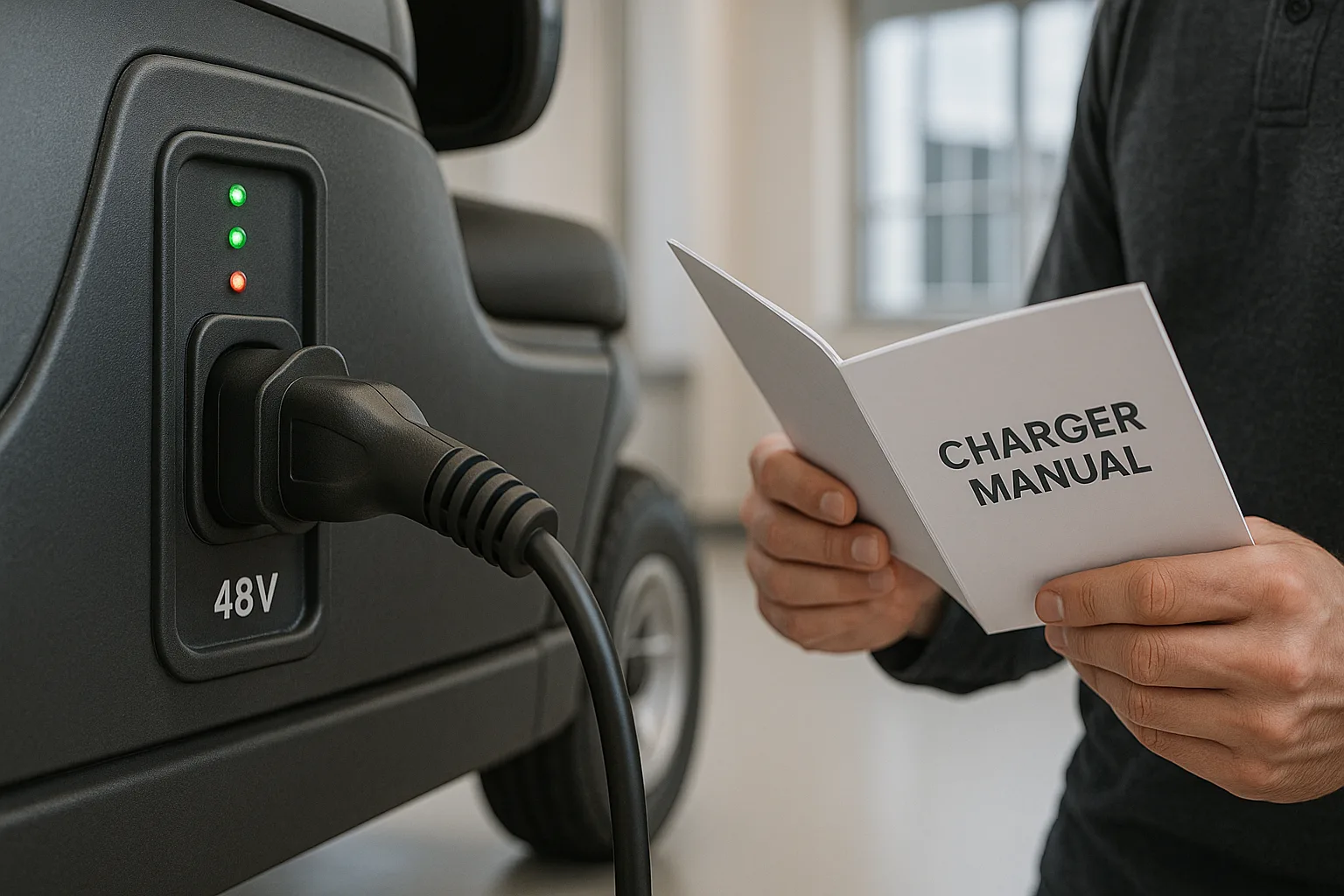
Why You Need a Specific Charger
A lead-acid charger and a lithium charger "talk" to the batteries in very different ways.
- Lead-Acid Chargers: These are designed to charge slowly in multiple stages. They have an "equalization" mode and a "float" mode designed to keep the lead-acid batteries4 topped off.
- Lithium Chargers: These are much simpler and more powerful. They use a CC/CV profile (Constant Current / Constant Voltage) to charge the battery quickly and safely. They shut off completely when done.
Using a lead-acid charger on a lithium battery will damage it. The float mode and equalization mode will destroy the lithium cells over time. This is why our Junda 48V lithium batteries come with their own charger.
How to charge golf cart batteries individually?
This is a maintenance task that new lithium users are happy to forget. It shows one of the biggest problems with old battery systems.
You only charge lead-acid batteries individually when the pack is out of balance. You must disconnect them and use a smaller 6V or 8V charger on each one. You never do this to a sealed 48V lithium pack.
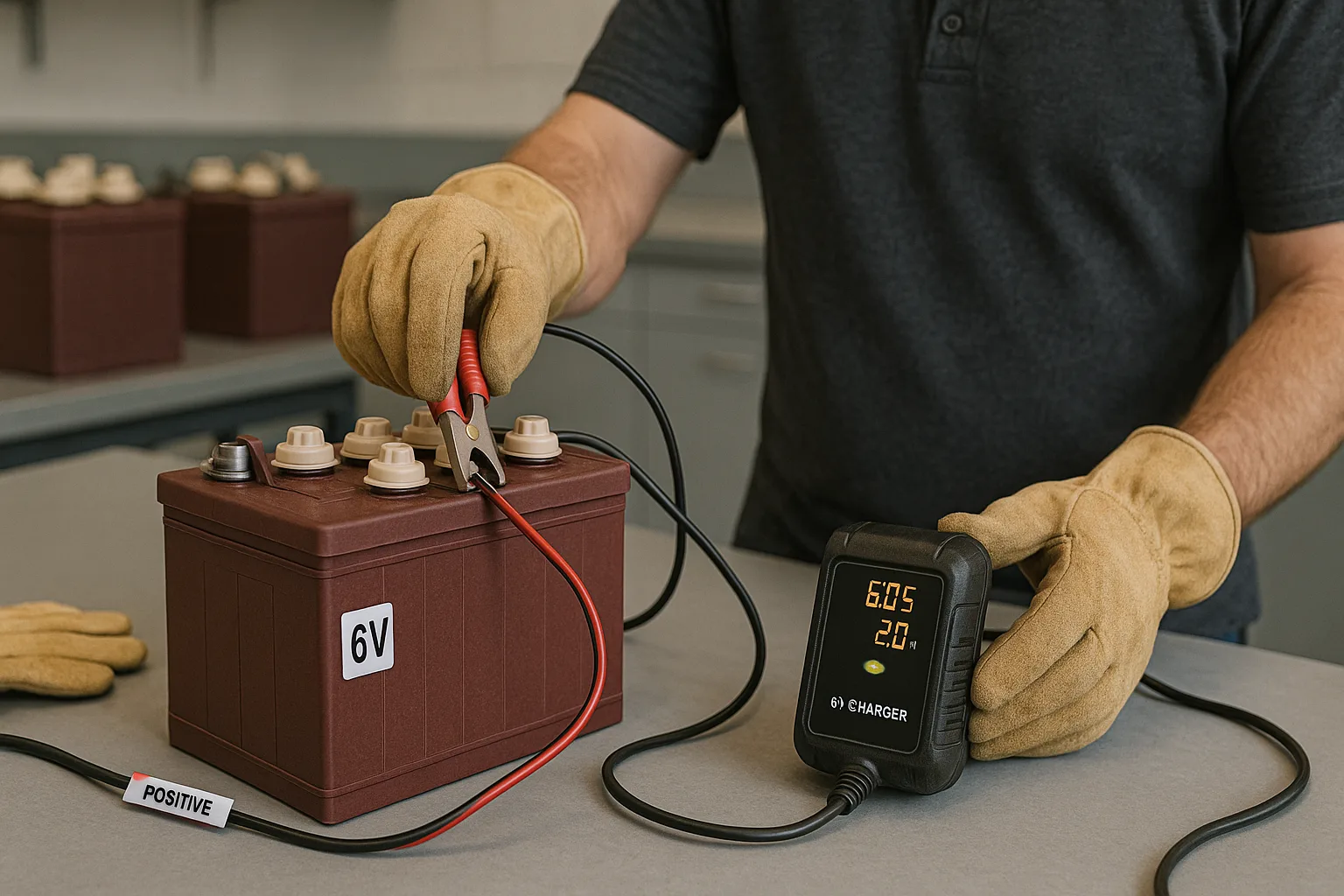
The Old, Manual Way vs. The New, Automatic Way
In a 48V lead-acid system, you have eight 6V batteries (or six 8V batteries) wired together. Over time, some of these batteries become weaker than others. Your main 48V charger might think the whole pack is "full," but one battery might only be at 70% and another at 100%.
To fix this, you had to manually charge each battery one-by-one to bring them all to the same level. This is a slow, messy job.
Our Junda 48V lithium battery pack is a single unit. Inside, it has an advanced computer called a Battery Management System (BMS)5. The BMS automatically manages and balances every single cell inside the pack, every time you charge. It does all this balancing work for you.
Are lithium batteries good for golf carts?
As an engineer, I can tell you they are not just good; they are a total upgrade in every way that matters for a cart owner.
Yes, lithium batteries are fantastic for golf carts. They last up to 10 times longer, charge much faster, are 70% lighter, and require zero maintenance. They are a better-performing and more reliable power source.
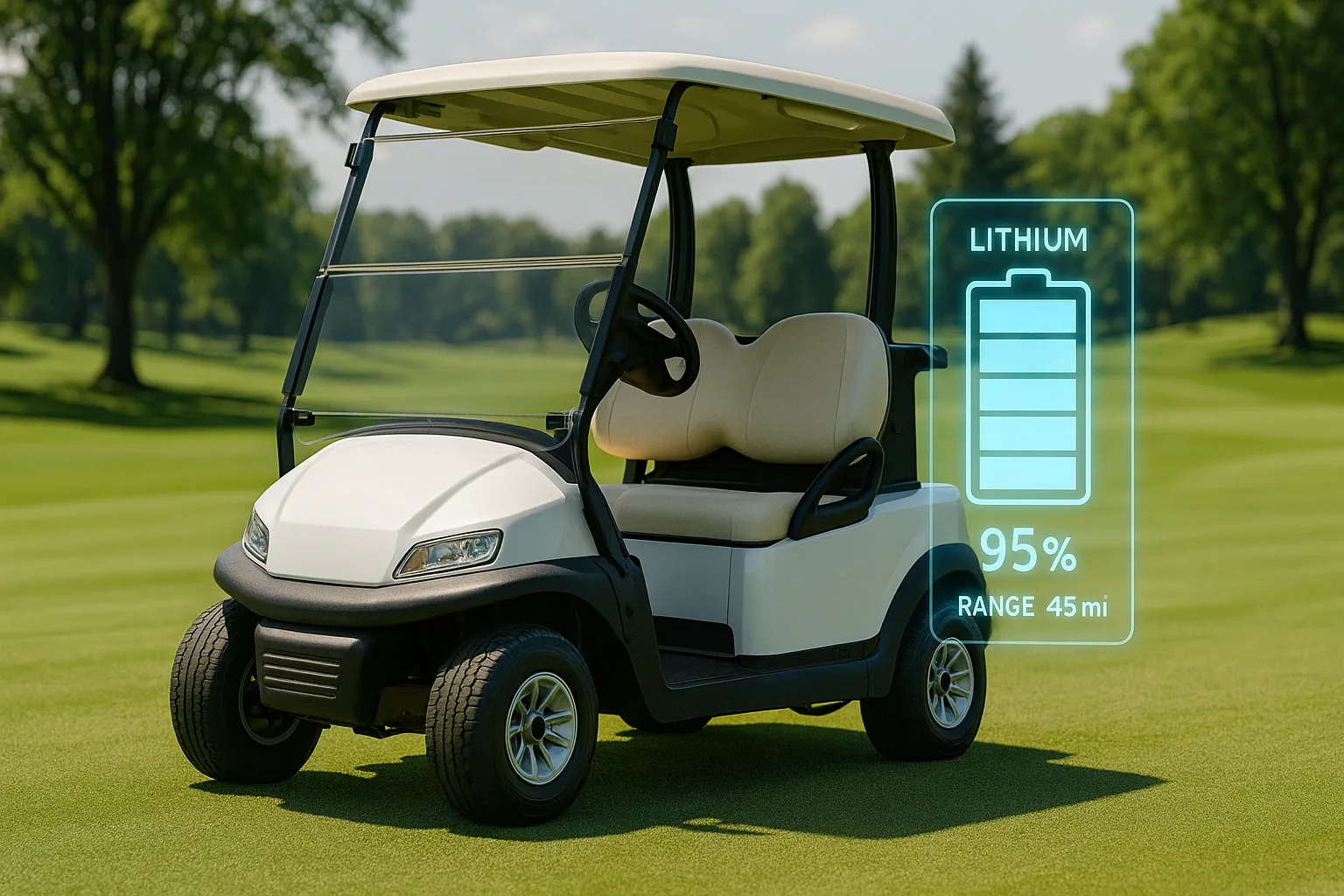
The Data Doesn’t Lie
My B2B clients, like Michael, make decisions based on long-term value. When I show them this comparison, the choice is easy.
| Feature | Old Lead-Acid Batteries | Junda LiFePO₄ Lithium |
|---|---|---|
| Lifespan | 3-5 years (500-800 cycles) | 10+ years (3,000-5,000 cycles) |
| Maintenance | Required: Watering, cleaning | None: Install and forget |
| Charge Time | 8-10 hours | 2-4 hours |
| Weight (48V System) | ~330 lbs / 150 kg | ~85 lbs / 38 kg |
| Performance | Power fades as it discharges | 100% power until empty |
The weight reduction6 alone makes the cart feel quicker and handle better. The motor does not have to work as hard to pull hundreds of pounds of lead.
What maintenance is required for lithium-powered golf carts?
This is the best part of upgrading to lithium. It solves the biggest pain point of owning an electric cart.
Lithium-powered golf carts require zero regular battery maintenance. You do not have to check or add water. You do not have to clean corrosive acid off the terminals. You do not need to run equalization charges.
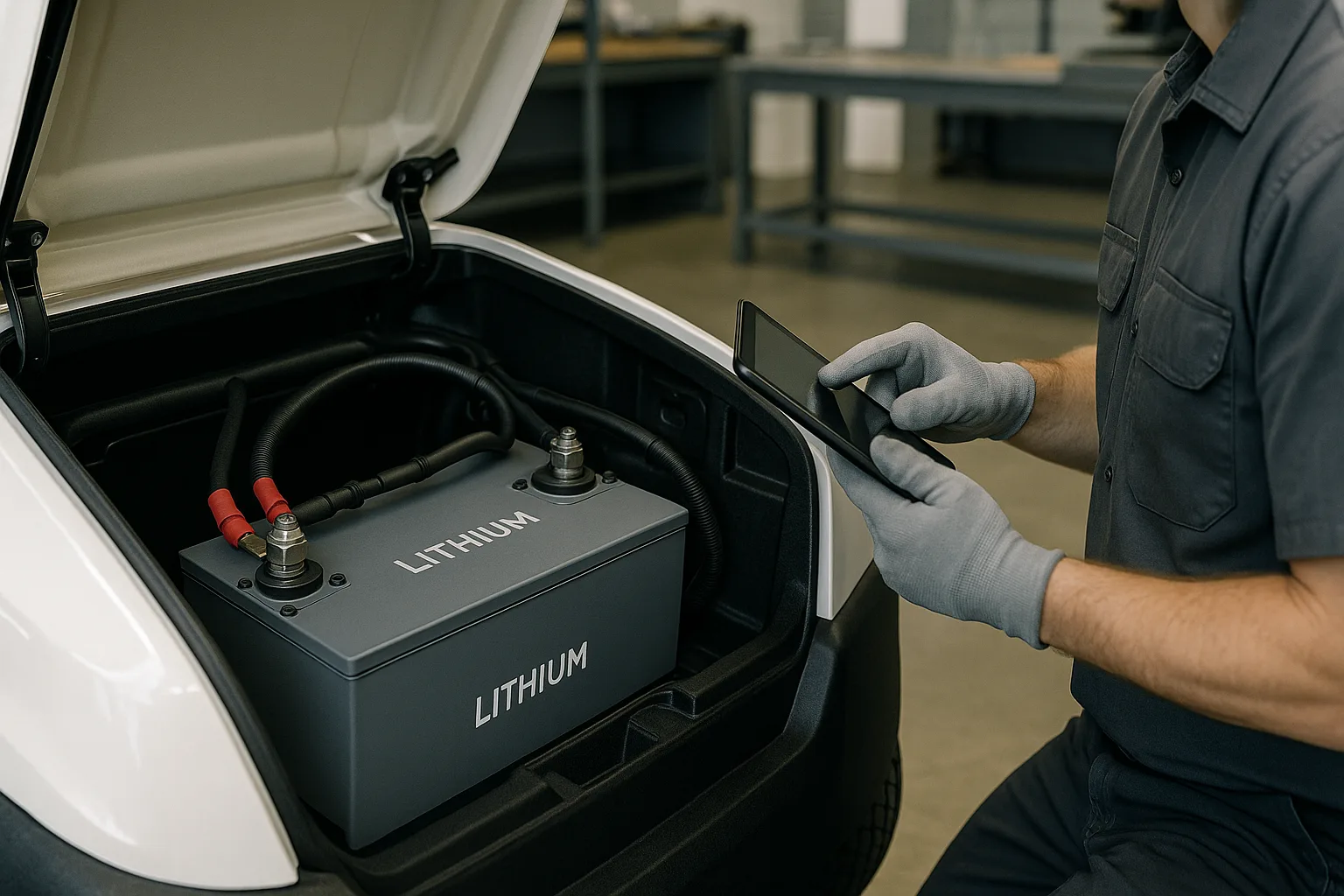
What You Stop Doing
For anyone who has owned a lead-acid cart, this is a huge change. Upgrading to a Junda lithium pack means:
- No More Watering: You can get rid of the distilled water7 and the hydrometer. The cells are sealed for life.
- No More Corrosion: Our batteries do not leak or gas. Your battery tray stays clean and free of rust and acid.
- No More Guesswork: The internal BMS manages the battery’s health for you.
The only "maintenance" is to use the correct charger that we provide and store the cart properly. It is as simple as charging a smartphone.
Conclusion
Upgrading to a lithium battery eliminates all the hard work of lead-acid. You get a faster-charging, longer-lasting, and 100% maintenance-free battery8. It gives you a more reliable golf cart.
-
Learn about sulfation to understand how it affects battery performance and lifespan. ↩
-
Explore the benefits of lithium batteries to see why they are a superior choice. ↩
-
Gain insights into 48V systems to understand their use in various applications. ↩
-
Understanding lead-acid batteries is crucial for proper maintenance and longevity. ↩
-
Discover how a BMS enhances battery performance and safety in lithium systems. ↩
-
Understand the impact of weight on performance to enhance your golf cart experience. ↩
-
Discover the importance of distilled water in maintaining lead-acid batteries. ↩
-
Explore the concept of maintenance-free batteries and their advantages. ↩

